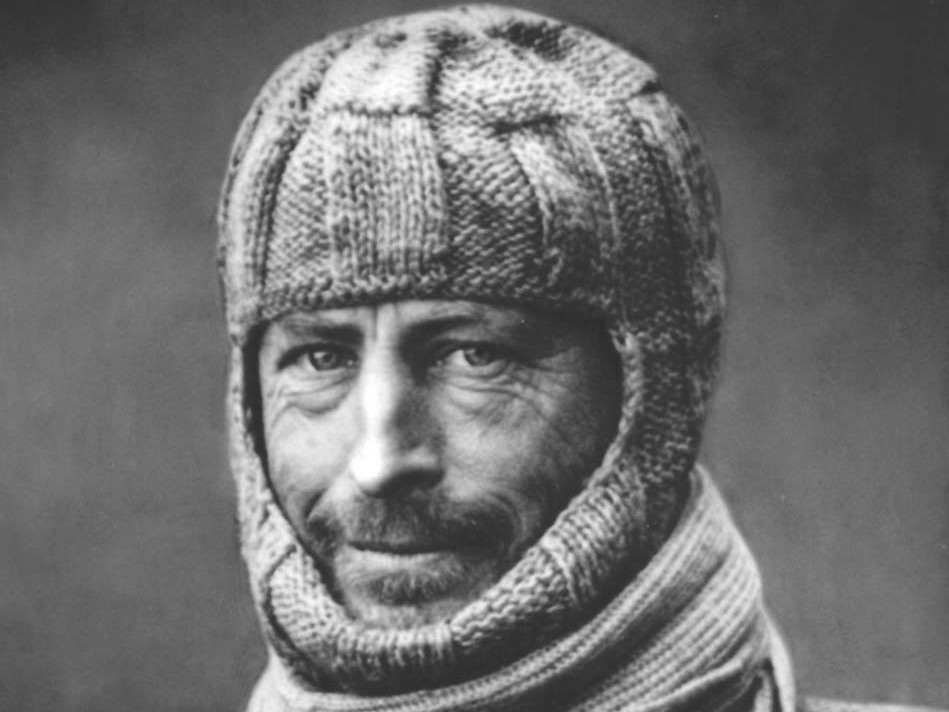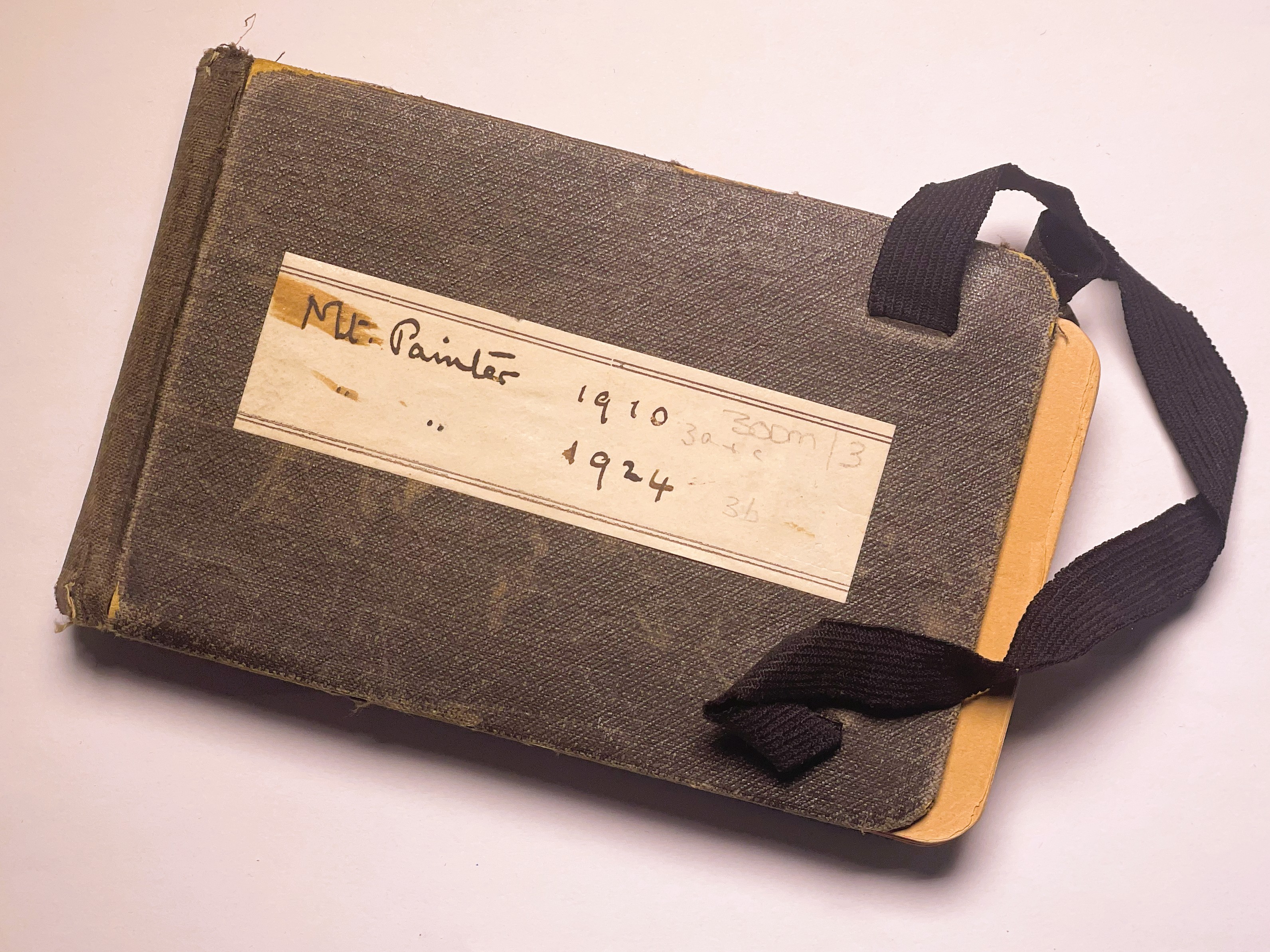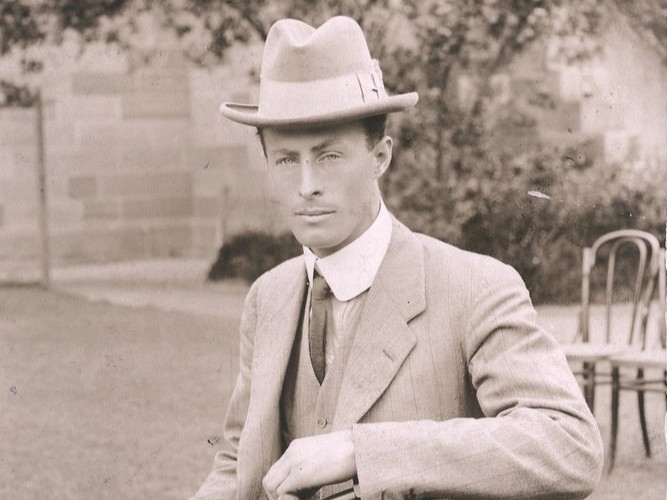
A 20-year project at the South Australian Museum to transcribe and digitise the extensive diaries of renowned explorer Sir Douglas Mawson is nearing completion.
The work is being done by a team of volunteers, including the grandson of Sir Douglas.
All up 31 diaries are in the Museum’s collection, which document 95 field trips mostly in South Australia, including the Flinders Ranges, Arid Lands and the State’s South East.
The diaries, which are separate to accounts of the explorer’s polar expeditions, include extensive notes about daily activities, maps and records of the geology Sir Douglas (pictured above) encountered.

The data accumulated in the diaries was then used by Sir Douglas to prepare his many scientific papers – he wrote about 120 during his career including almost 50 on the geology of South Australia.
Sir Douglas was accompanied on most of the trips by University of Adelaide geology students.
Mark Pharaoh, who is Senior Collection Manager for the Museum’s Australian Polar Collection, said the work was complicated by the sheer volume of the diaries, the often faded and difficult-to-read handwriting and the complex language Sir Douglas was prone to using.
The diaries are accompanied by 2,000 photographs captured on the field trips, which are also being digitised and captioned.

The work has recently contributed to a significant update of Sir Douglas’s Wikipedia page, that has attracted a million views in the past few months.
“The ultimate goal is to find new ways to understand Mawson and the geological contribution he made on a day-to-day basis,” Mark said. “One of the early things we did was share the material with the Department of Industry Science and Resources for the mining sector.
“In an ideal world we’d like to get that content from the diaries out there into the public domain, so people can retrace his footsteps.
“It’s a great excuse to go exploring.”
Work on the diaries was begun by the late Clive Wilson-Roberts and is continued by retired veterinarian Tim Tolley, Emeritus Adjunct Professor at the University of South Australia Jim Jago, and Alun Thomas who is the grandson of Sir Douglas.

Alun’s mother Patricia accompanied Sir Douglas on many of his field trips to chaperone female students, and herself became a noted researcher at the South Australian Museum.
Tim said the team only worked one day a week on the project, which had also been significantly slowed by the covid pandemic.
He said the transcription was very complicated, but he found it relaxing nonetheless.
“There’s a lot of older technical words that haven’t been used for 30 or 40 years, and his writing is hard to read,” Tim said. “It’s a lot of scribble.”
Alun, who was born the year before Sir Douglas died in 1958, said he was able to help out with the scribble.
“That’s one of the reasons why I’m here,” he said with a smile. “I have a genetic disposition to be able to read his writing.
“I’m also enjoying the fact that from time to time I come up with a photo of my mother.”

Tim said Sir Douglas went places few non-Aboriginal Australians had seen, and there were no maps to go by.
“He basically walked along and noticed how the geology changed, taking samples and drawing maps as he went,” he said. “He’d box up the rocks and basically leave them on the side of the road.”
Alun said Sir Douglas was very well known at the time, even by people living in such remote areas.
“He’d get a meal and sleep in the shearer’s quarters,” he said. “He was pretty well treated.
“So, people would pick up the boxes (of rocks) from the side of the road and just deliver them to ‘Mawson at the University of Adelaide’.”
Follow the link to the updated Wikipedia page.
You can also read more about Sir Douglas Mawson on the Museum’s Australian Polar Collection page.